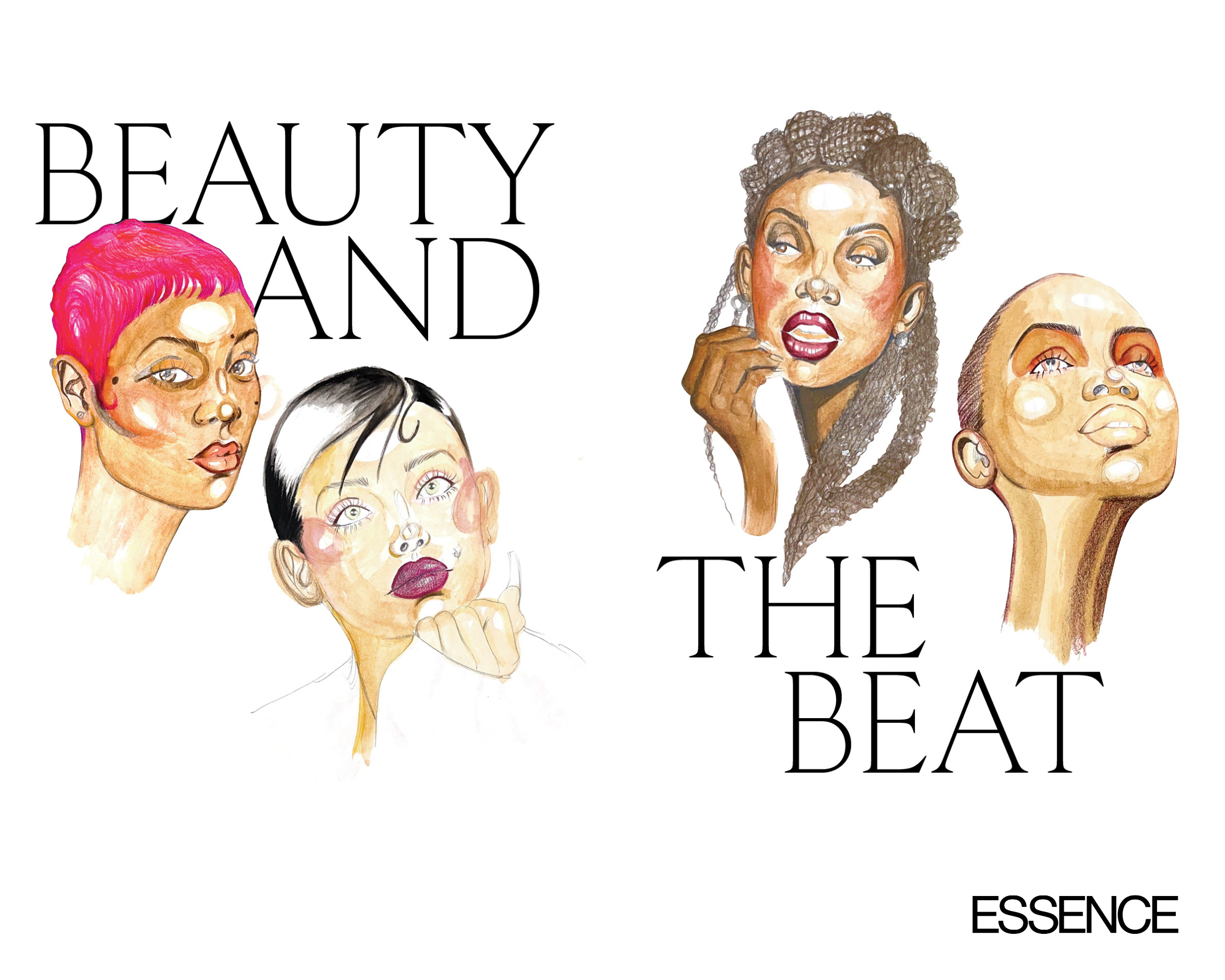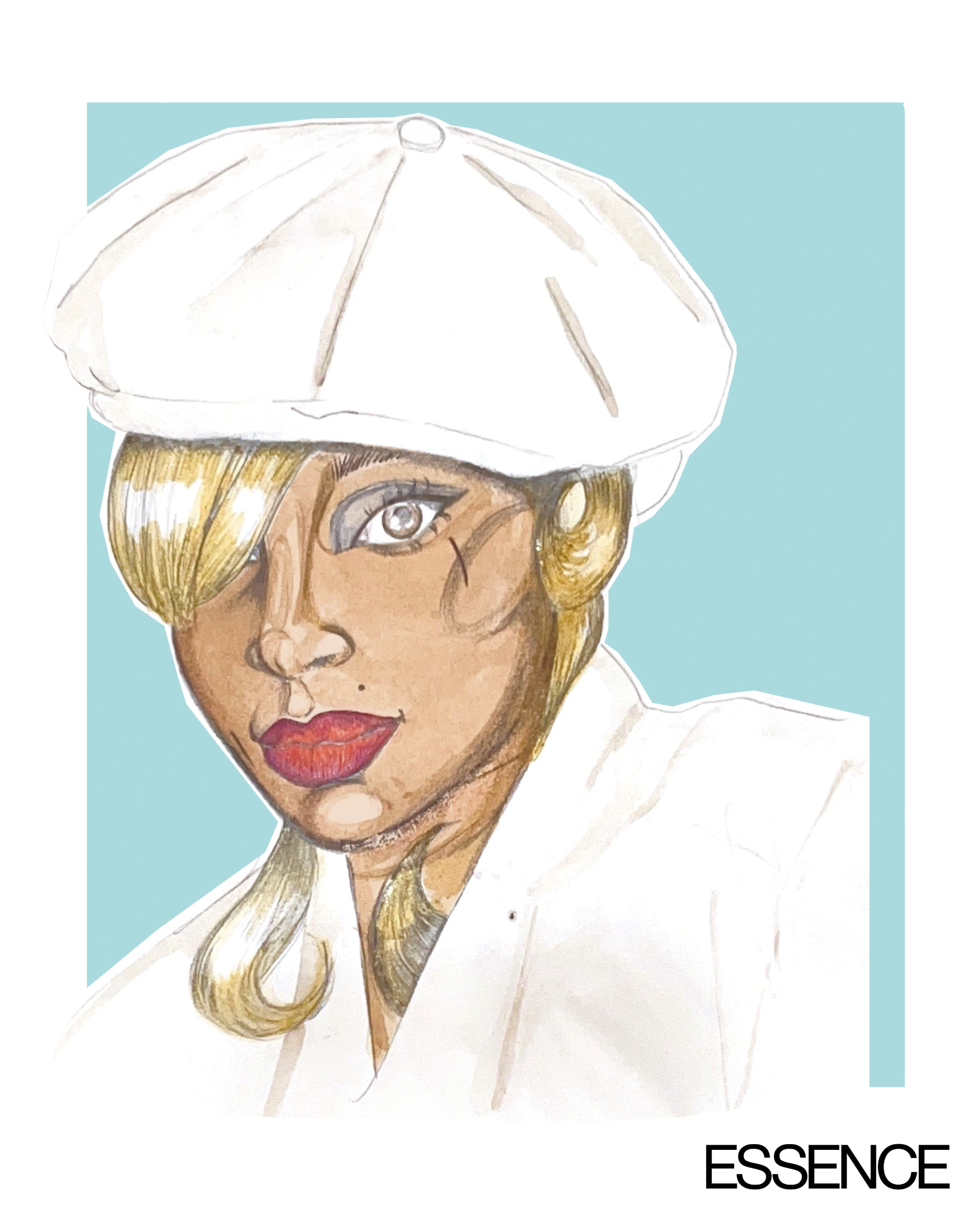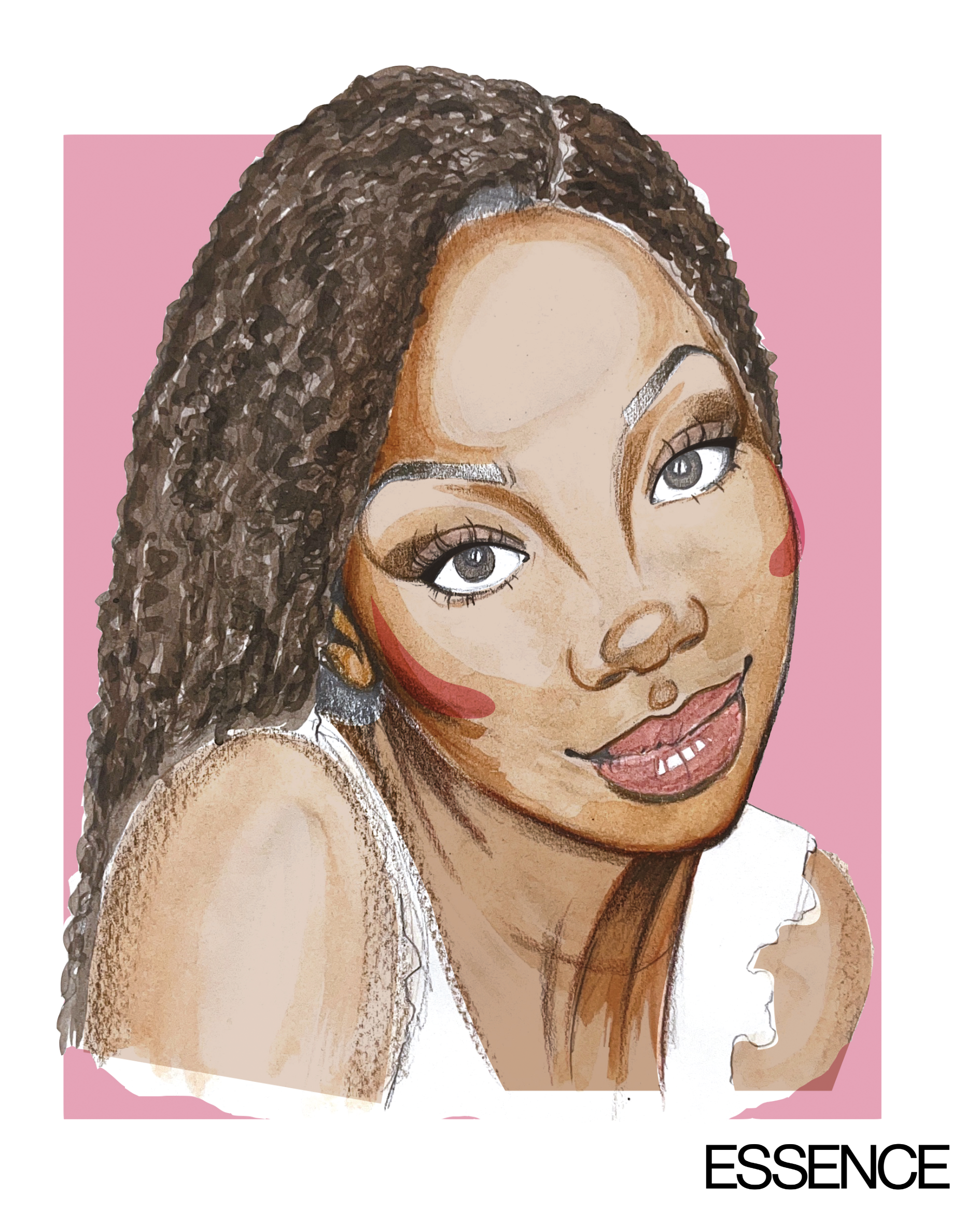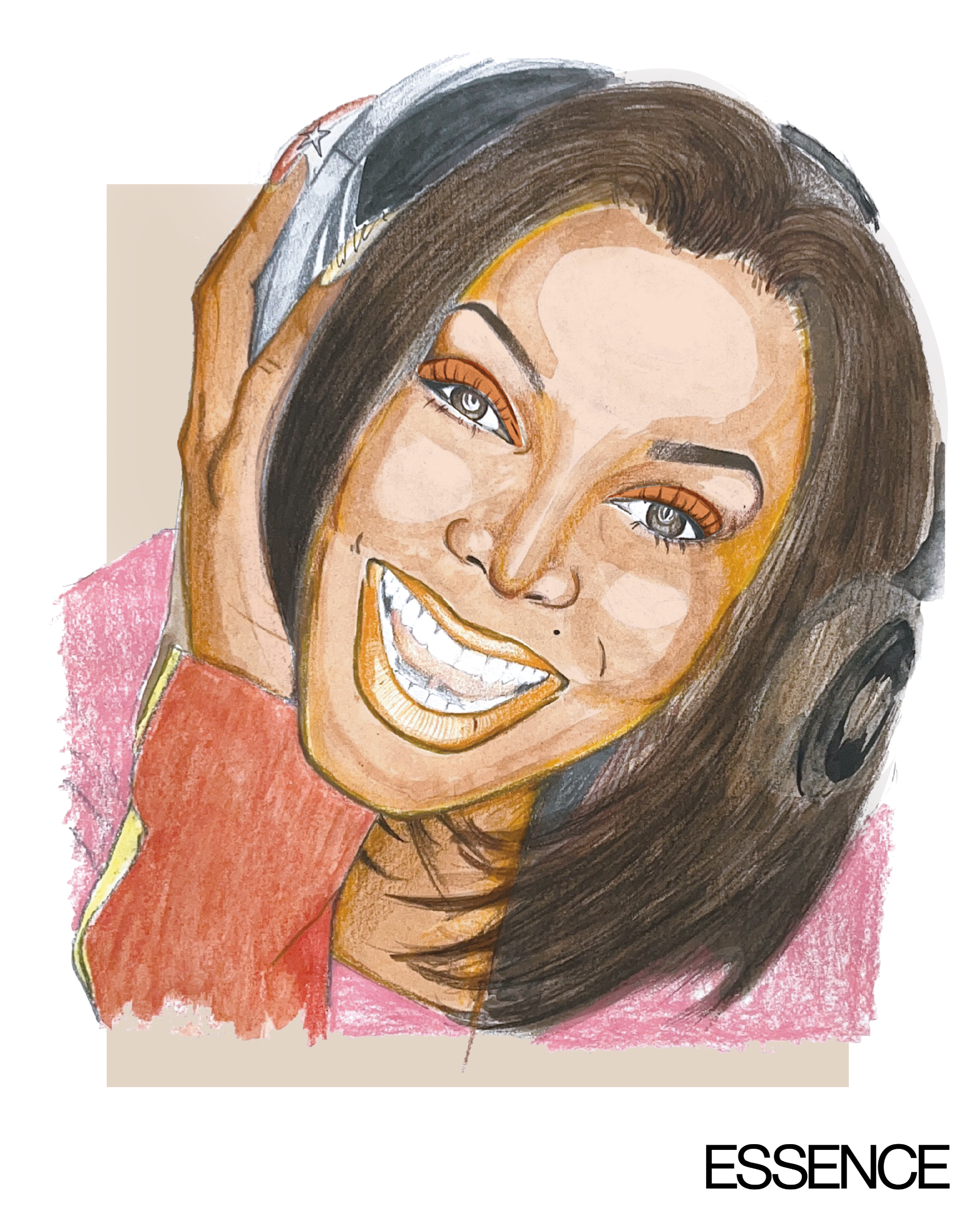
From the melodies of Motown to the rhymes of hip-hop, Black music has always been a force in shaping cultural identity. But in a more subtle way, Black music has also left its mark on beauty. Iconic musicians have influenced not just what we listen to but also how we express ourselves aesthetically. Our hairstyles and makeup choices find inspiration in the music created by Black entertainers.

Black people and their melanin have long been a symbol of elegance; and Black performers and their beauty routines have inspired us all to mimic some of their classic looks. Hairstyles have echoed Motown stars, with beehives and bouffants mirroring the grandeur of The Supremes. Meanwhile, the flamboyant looks of Little Richard and the eclectic glam of Prince represent unapologetic self-expression. These artists have stood the test of time, and their beauty is etched into our memories.
Beyond the sonic legacies of these stars, their album covers and music videos have been master classes on Black beauty. These captivating visuals, frozen in history, are more than just art; they have become our signature. Black musicians have not only crafted masterpieces with their music but have served as beauty influencers, shaping the way we perceive and celebrate our own unique beauty.
Navigating an industry historically entrenched in Eurocentric beauty standards, Black people have long made do. For a time, the beauty industry failed to represent the diverse range of skin tones and features specific to Black women. The oversight compelled the women—and their makeup artists—to adapt to the limited options available, using products that didn’t always address their needs. Celebrity makeup artist Sam Fine’s work is a testament to this, as he has dusted the faces of some of our most beloved musical artists.
Fine worked with supermodels like Naomi Campbell and Iman, and his contributions to fashion naturally influenced music. He introduced an elevated standard that was glamorous, enhancing the beauty of the music industry’s biggest stars. “I felt like everything that I was doing on Naomi and Tyra Banks and Veronica Webb, in fashion, was starting to cross over into music,” he says.

Notable among Fine’s masterpieces are the flawless looks he crafted for Mary J. Blige in connection with her My Life album, for Brandy in the “Brokenhearted” video, and for Janet Jackson with her video for “Doesn’t Really Matter.” Each of these looks marks a significant anniversary this year, with the former two hitting the 30-year mark and the latter video celebrating its 24th.
Despite a lack of inclusion in the beauty industry, Fine found himself on the cusp of innovation, using products in new ways; for example, he used eye shadow for blush and contour, because you need deeper, richer shades for Black women. “Navigating the products and the looks was very challenging during that time,” he recalls, reflecting on his earliest experiences as a makeup artist.
“When you get into the Patti LaBelles and the Gladys Knights, you have to dig deep and find other shades, in various places, that will work in place of what they were meant for. So it’s a deep brown eye shadow, but I’m going to use it as a contour. Those were just the kinds of things that we had to do during the early ’90s.”
The ’90s were a massive breakout period for Blige, and her makeup looks were indicative of it. Her sophomore release, My Life, followed her debut album, What’s The 411?, just as listeners were getting a deeper peek into who Blige was. Similar to her debut, her second album cover showed Blige’s profile slightly hidden by a leather newsboy hat, with her cheeks and lips more pronounced. The blue hue on the cover gave it a soulful feel; however, in its original gradient, Blige donned a statement red lip. “It was deep burgundy,” Fine says. “I felt like there was always this kind of harsh beauty—she gave it to you a little bit more raw, but there was always this luxe. Mary’s kind of rough and tough, and has this soulful voice. She’s never going to show her eyes. She’s always going to put on glasses. So it’s in keeping with so much of what we started before—having never really seen a lot of Mary, but always this beautiful mouth.”
Fine continued to improvise—especially when it came to a nude lip. “Doing nude lips was avant-garde almost, because you had to find the right lipsticks, you had to find the right glosses,” he explains. “You really had to sometimes use concealers, sometimes use foundation, to mimic this nude lip color—in a way that even the general market hadn’t addressed.”

Similarly, for Brandy’s debut in 1994, Fine crafted the face behind her single “Brokenhearted,” which featured Wanya Morris of Boyz II Men. However, instead of a more mature look, Fine opted for neutrals, befitting a 15-year-old Brandy at the time. “Doing ‘Brokenhearted’ was huge, and Brandy was a teenager,” Fine recalls. “We had to do things that would keep her beautiful and elevated yet not make her look too grown.”
Working with Brandy in the ’90s was a distinctive experience because, as a new artist, there wasn’t much pushback about her style. Fine created a stunning look for the girl who would become the princess of R&B. “Once again, another dark mouth—white liner, beige liner inside the inner rim, was big then,” he says. “Bleached brows—a softened golden brow was very important to me at that time as well.” Paired with Brandy’s unmistakable braids, it was a look most teenage girls in the ’90s wanted to achieve.

By the 2000s, Janet Jackson had already released landmark albums, including Janet (1993) and The Velvet Rope (1997). However, when the age of Y2K arrived, futuristic music videos were in. While Janet didn’t release another album until 2001, her song “Doesn’t Really Matter”—made for the 2000 film Nutty Professor II: The Klumps—had a futuristic theme, and Fine’s vision highlighted her distinctive beauty in that vein.
Jackson’s makeup was radiant, and Fine’s nude lip appeared once again—but the most elegant feature was the singer’s pin-thin brows. “Really strong eyes, strong brows,” Fine says. “Brows weren’t nearly as prominent as they are today. So tweezing and bleaching was huge.” Jackson’s look accentuated her features and didn’t overshadow her natural beauty. The elegance she exuded was something we’d see throughout the 2000s. Ultimately, by embracing their unique styles, these musicians shattered beauty norms, inspiring fans to explore their own aesthetic identities. The fusion of music and visual artistry transformed these singers into cultural icons, shaping the way we appreciate beauty today.
Illustrations by Essie Buckman







